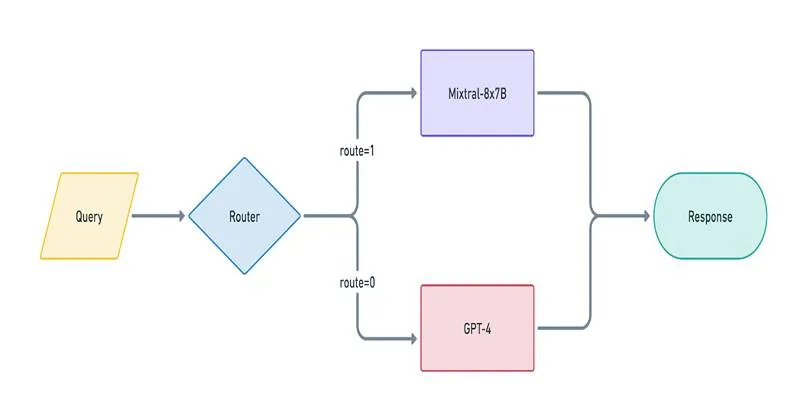Microsoft Excel isn’t just for number crunching—it’s a powerful tool for data organization and collaboration. However, with collaboration comes the risk of accidental changes, especially when your worksheet includes critical formulas or reference data. A simple way to keep things safe is to lock specific cells or protect entire sheets.
In this guide, you’ll learn exactly how to lock cells in Excel to safeguard your data. Whether you want to protect a few key entries or prevent editing across the whole sheet, we’ll walk you through every step with clarity.
What Does Locking Cells in Excel Mean?
By default, all cells in an Excel worksheet are set to a locked status. However, this only takes effect once you enable sheet protection. Once activated, users can’t edit locked cells unless you give them permission.
Locking cells ensures your formulas, labels, or critical data entries aren’t tampered with—intentionally or by mistake.
How to Lock All Cells in Excel?
To apply protection to the whole worksheet and ensure that no one can make changes:
- Open your worksheet and select all cells (you can use the shortcut to select the entire sheet).
- Right-click anywhere in the selection and choose the Format Cells option.
- In the pop-up box, go to the Protection tab and make sure Locked is checked.
- Click OK to confirm.
- Open the Review tab from the Excel ribbon.
- Click Protect Sheet and set a password when prompted.
- Confirm the password and adjust what actions users are allowed to perform (like sorting, selecting, etc.).
Once protected, users will be able to view the data but won’t be able to make any changes.
How to Lock Only Specific Cells?

If you don’t want to lock the entire worksheet and instead want to restrict only certain cells, here’s how to do it:
- Select all the cells in the worksheet.
- Open the Format Cells menu and uncheck the Locked checkbox under the Protection tab.
- Now, select only the cells you want to protect.
- Go back to Format Cells and re-check the Locked option for these specific cells.
- Protect the sheet as described above.
With this setup, only the selected cells are locked, and the rest of the sheet remains editable.
Locking Formula Cells Only
Protecting formulas is one of the most common reasons to lock cells in Excel. Here’s how to do it efficiently:
- First, unlock all cells in your sheet as described earlier.
- Next, navigate to the Find & Select option in the Home tab.
- Choose Go To Special , then select Formulas and click OK.
- Excel will now highlight all formula cells.
- With those cells selected, open Format Cells , go to Protection , and check Locked.
- Protect the worksheet using the Review > Protect Sheet feature.
Now only your formula cells are locked, while everything else can still be edited.
How to Allow Editing for Specific Ranges
Excel also gives you the ability to allow editing for certain ranges even in a protected sheet—without needing to unlock them manually for everyone.
Here’s how to do it:
- Open the Review tab and select Allow Users to Edit Ranges.
- Click New , name the range, and define which cells are editable.
- Choose to protect it using either a password or assign user permissions.
- Once setup is complete, click Protect Sheet to activate range-based access.
This is helpful in scenarios where multiple contributors need to work on the same file without interfering with each other’s sections.
What You Can Control Through Sheet Protection?
When protecting a sheet, Excel lets you decide what users can still do while the sheet is locked. Here are a few permissions you can allow:
- Selecting locked or unlocked cells
- Formatting rows and columns
- Sorting or using AutoFilter
- Interacting with PivotTables or charts
- Inserting or deleting rows and columns
- Editing scenarios or objects
Each checkbox you enable provides more flexibility, so you can balance control and collaboration.
Common Mistakes to Avoid
Even though locking cells in Excel is easy, here are a few things that can go wrong if you’re not careful:
- Forgetting to unlock input fields : If users need to type into certain cells, make sure those are unlocked before enabling sheet protection.
- Losing your password : Excel doesn’t offer a recovery method for forgotten passwords. Always store them securely.
- Thinking protection is foolproof : Locking cells keeps people from changing content but doesn’t encrypt the data. Sensitive info should still be kept secure elsewhere.
When Not to Use Cell Locking
While locking cells is helpful, it’s not always the best tool. Here are a few situations where other Excel features might be more suitable:
- Need to keep headers visible while scrolling? Use Freeze Panes instead.
- Want to control data entry, not block it? Use Data Validation to set rules (e.g., only numbers between 1–100).
- Trying to highlight or focus user attention? Use conditional formatting for better visual clarity.
Choose the right tool depending on your use case. Locking cells is about restriction; other features focus on usability and guidance.
Tips for Better Cell Protection Practices

Locking cells isn’t just about preventing edits—it’s about working smarter with your spreadsheet. Follow these tips to use the feature effectively:
1. Keep formatting clean and consistent
Label protected cells clearly so users know not to edit them. Use color codes,
borders, or comments to guide them.
2. Use range names where possible
Naming a cell range helps you refer to it easily, especially when setting
permissions or structuring formulas around locked data.
3. Combine with Data Validation
For editable cells, limit what users can enter using drop-downs or numerical
conditions. This avoids mistakes even in unlocked cells.
4. Communicate boundaries to collaborators
If you’re sharing a protected sheet, tell users which parts they can or can’t
change. A simple note on the sheet can prevent confusion.
Conclusion
Locking cells in Excel is a practical way to maintain structure, prevent mistakes, and secure critical information in your worksheets. Whether you’re protecting an entire document or just a few key values, Excel gives you flexible tools to manage access.
But remember: locking is only one part of a good spreadsheet strategy. Combine it with smart formatting, clear guidance, and complementary tools like validation and range permissions to create a secure and collaborative workspace.
Want to improve your Excel skills further? Try experimenting with these features in your own practice sheet—and discover how effortless good spreadsheet hygiene can be.
 zfn9
zfn9






















